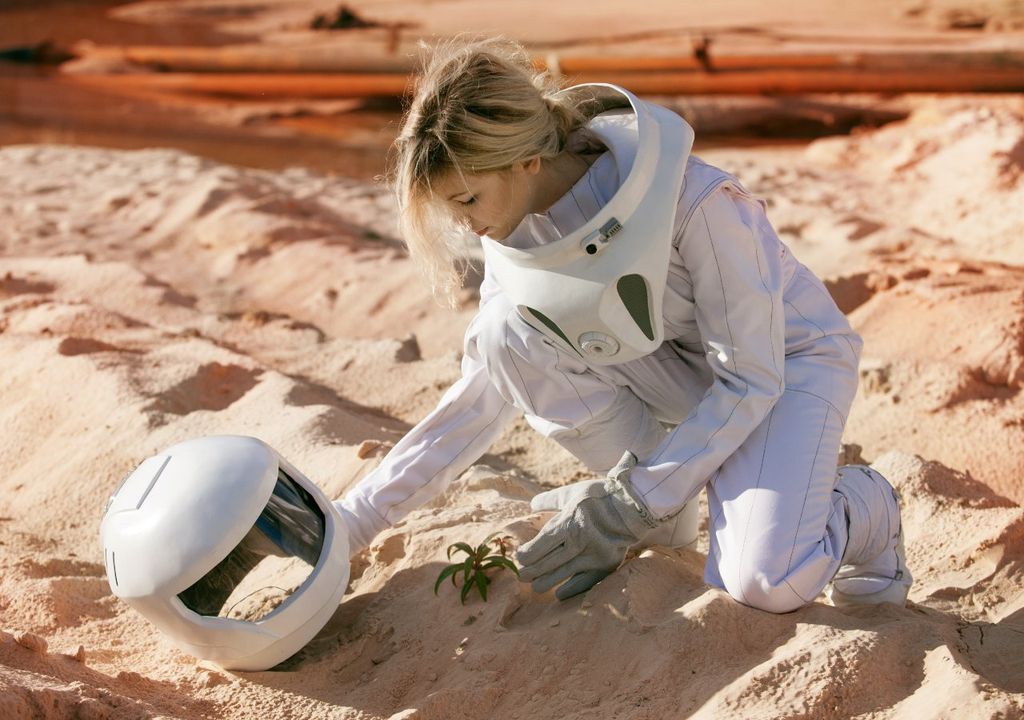
It is nothing new that astronauts risk their lives on every mission. Since human space exploration began just over 60 years ago, 20 people have died: 14 in the NASA Challenger space shuttle tragedies in 1986 and 2003, 3 astronauts during the 1971 Soyuz 11 mission, and 3 astronauts in the Apollo 1 launch pad fire. In 1967. However, Surprisingly, to date no deaths have been recorded in space.
With the number of longer expeditions increasing in number and the possibility of tourist journeys starting beyond the borders of our planet, it is only a matter of time before someone finds their final destination. And even though it may seem like a lie, Throughout this period, protocols focused on prevention, and little was said about what to do if this happened.
In 2003, the European Space Agency (ESA) published “Guidelines for the Management of Space Debris”, which included recommendations for the disposal of human remains in space. In 2021, NASA published an article titled “Death in Space: Protocol Considerations – Gateway, Orion, the Moon, Mars, and Beyond,” which discusses the challenges and options for managing death in space in the context of future space missions.
despite this, There is no single universal protocol for death in space. Each one varies depending on the mission and type of death. These are some possibilities.
Death is a problem: what to do with the body?
The solutions will depend a lot on what the task is. If the deceased was on a short or low-altitude flight, such as a trip to the International Space Station (ISS) or en route to the Moon, it is possible to return the body to Earth. In either case, the crew can return the body inside a capsule within a few days.
NASA is trying to develop a body bag that can keep a body in a spacecraft for 48 to 72 hours. This time is enough to return to Earth from the International Space Station.
But the situation becomes complicated in longer missions. For example, if this happened on the way to Mars, The crew must live with the body for at least a few years. So we have to look for other alternatives.
Drifting into space
This seems like a fairly logical solution, but it's not an option. Open the ship's airlock and send the body floating into the voidAs happened at Spock's funeral in Star Trek It violates a serious international rule. The United Nations convention states that you cannot throw waste into space, and this includes throwing bodies.

This is because Objects floating in a vacuum can collide with other spacecraft Or even float to other planets and colonize them with human remains and any bacteria and organisms that may live on and in the body.
Save it until you get home
Suppose it was decided to keep the body in order to return it to its relatives. To slow the decomposition process, it should be stored in a separate, very cold, constant humidity room. It is generally the same place where waste and food scraps are placed. But after a while, odors may begin to appear, which poses a danger to the health of the crew.
Although placing the brave astronaut next to the trash seems like the most logical decision, Not the best idea in terms of PR and popularity of the space company.
Body bags
One of the most interesting proposals in the Space Death Processing Protocol is the collaboration between the environmental burial company Promesa and NASA, from which the idea of “corpse return” emerged. return body It involves an airtight sleeping bag in which a human corpse is sealed and then exposed to freezing temperatures From outer space.
The vacuum causes all body fluids to instantly evaporate, dramatically reducing its mass.
The frozen body is brought on board and It shakes violently until it breaks. Finally, there are about 25 kilograms of ground human body powder that can be suspended outside the spacecraft until the destination is reached.

The latter may be the most appropriate way to preserve the body if this situation arises. But there are still many unknowns about how explorers will deal with death.
Not only today The question of what to do with the body is a matter of debate, but how and by whom to pass it on to the rest of the crew, To the agency and to the family waiting for the return of a loved one.

“Beeraholic. Friend of animals everywhere. Evil web scholar. Zombie maven.”
